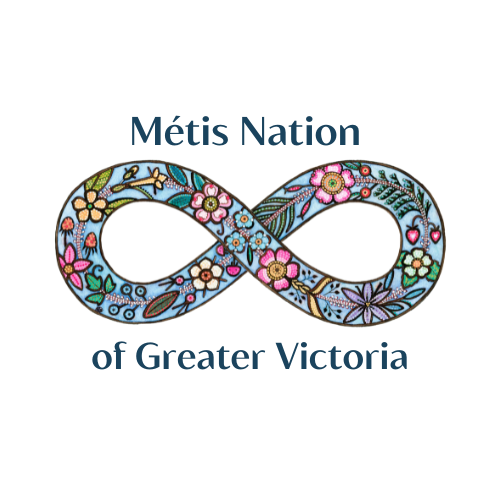Who are the Métis?
The Métis are distinct Indigenous Peoples of Canada and are recognized by Section 35 of the Canadian Constitution. As such, they are entitled to particular rights that non-Indigenous Canadians are not. MNGV thus defines their community’s members using the factors identified through the Powley Decision (2003), which are:
Self-identification
Ancestral connection to the historic Métis community
Contemporary Métis community acceptance
These three factors help identify our community and help establish their rights. The Powley Decision (2003) and the Daniels Decision (2016) are both considerable cases that support the rights of Métis People across Canada.
The Métis are often thought of as “mixed” Peoples of settler and First Nations background. Although, the origins of the Métis are rooted in the fur trade and by mixing of the bloodlines, it is far more complex than that; the Métis formed an entirely new culture and language for their people. Features of Métis culture include their language, Michif, their traditional dance, the Métis Jig, Métis ways of knowing and being, and the resilience to carry-on through decades.
The Métis have been key in the development of Canada, having recognition through the Manitoba Act, and are recognized in Canada’s Constitution. Specific to BC, the story of Métis people in the province is complex. Métis formed the majority of the first volunteer police corps, the Victoria Voltigeurs, on Vancouver Island, in 1850. Métis have also held both political and economic positions of significance and power in the early years of Western Colonization. Such recognizable names as Joseph McKay (who founded Nanaimo), Lady Amelia Douglas (wife of Sir James Douglas), Josette Legace (wife of John Work, HBC Chief Factor and member of Legislative Assembly, also the largest landowner on Vancouver Island), Isabella Ross (first female landowner in BC), and Simon Fraser Tolmie (BC Premier 1925-30) all identified as Métis. Family stories, however, also honour the partnerships and relationships that Métis had with many First Nations.
MNGV has had a strong presence in the area and continues to represent the Métis in the region in and around Victoria, BC (i.e. the Capital Regional District).

In the summer of 2022, MNGV, SD61 and UVic collectively hired a Métis research assistant, Lauren McLean, to develop a comprehensive resource to support teachers in including Métis culture, history and ways of knowing and being into the classrooms. This resource, however, is a wonderful place to begin learning about Métis culture, history and ways of knowing and being, and is useful far beyond the classroom. If you want to learn more, I encourage you to explore this resource.
Additional Resources
The documentary film, Lii Michif Niiyanaan: We Are Métis, created by acclaimed filmmaker and UVic emeritus professor Christine Welsh and Executive Producer Jeannine Carrière, serves as a tribute to the courage, determination and resilient spirit of the Métis Nation. This film is available for purchase through Moving Images Distribution for $300.
Film Description: The Métis are often referred to as Canada’s “invisible people” – the “ghosts of the land” – whose stories haunt the country’s collective unconscious. Lii Michif Niiyanaan: We Are Métis is a one-hour documentary that addresses this invisibility by shining a new light on the historical and contemporary experience of Métis people in Canada and providing a space for Métis people to share their diverse perspectives on what it means to be Métis today.
History Links
Metis Memories of Residential Schools, a Testament to the Strength of the Metis
Canada’s Residential Schools: The Metis Experience, the Truth and Reconciliation Commission of Canada
Indigenous Peoples Atlas of Canada, Canadian Geographic

